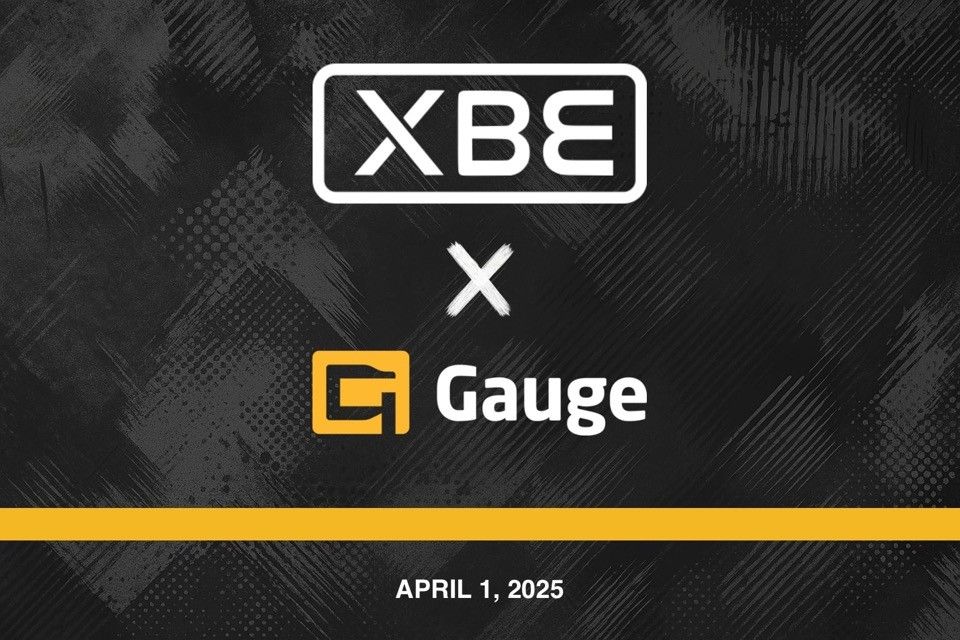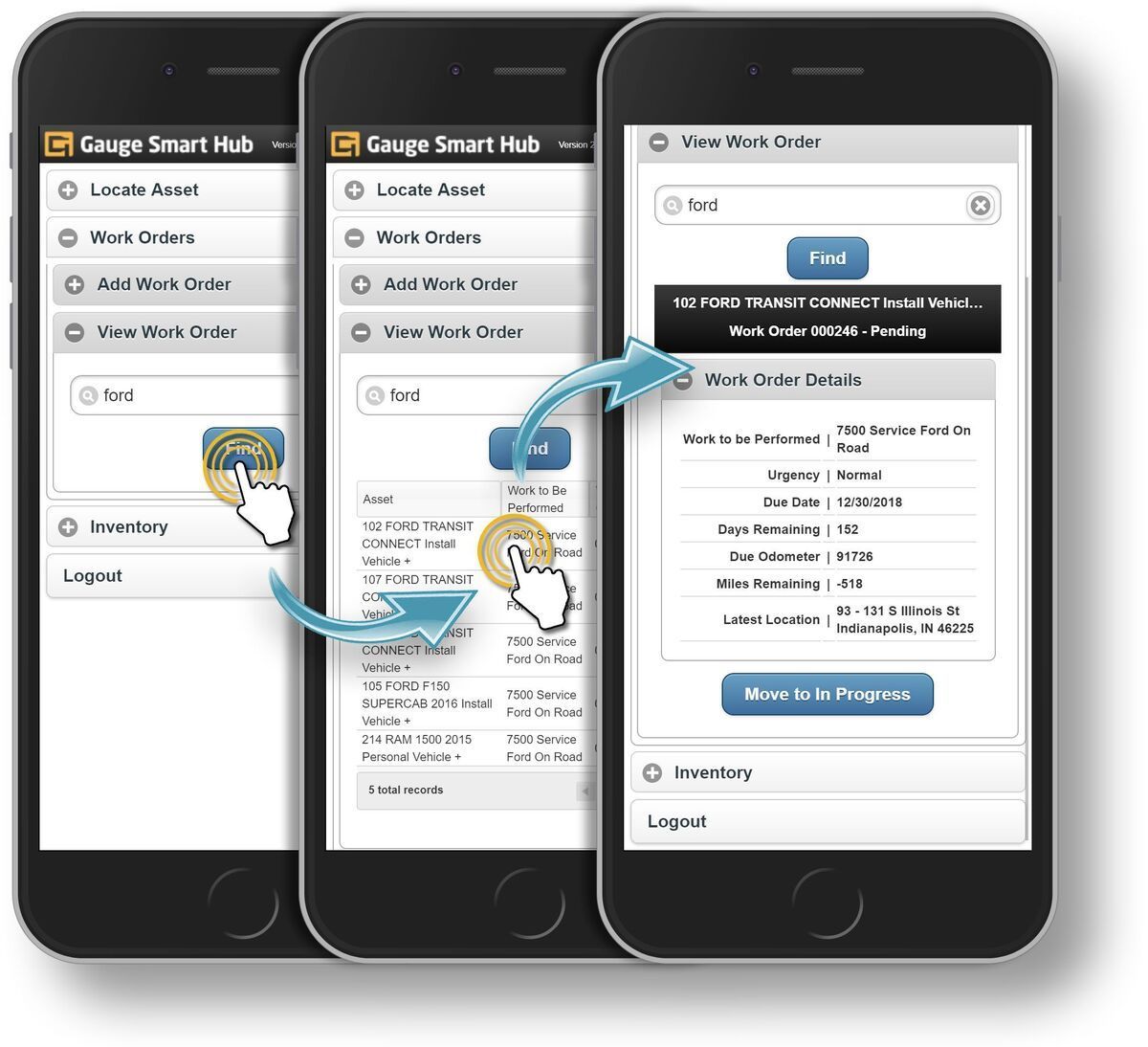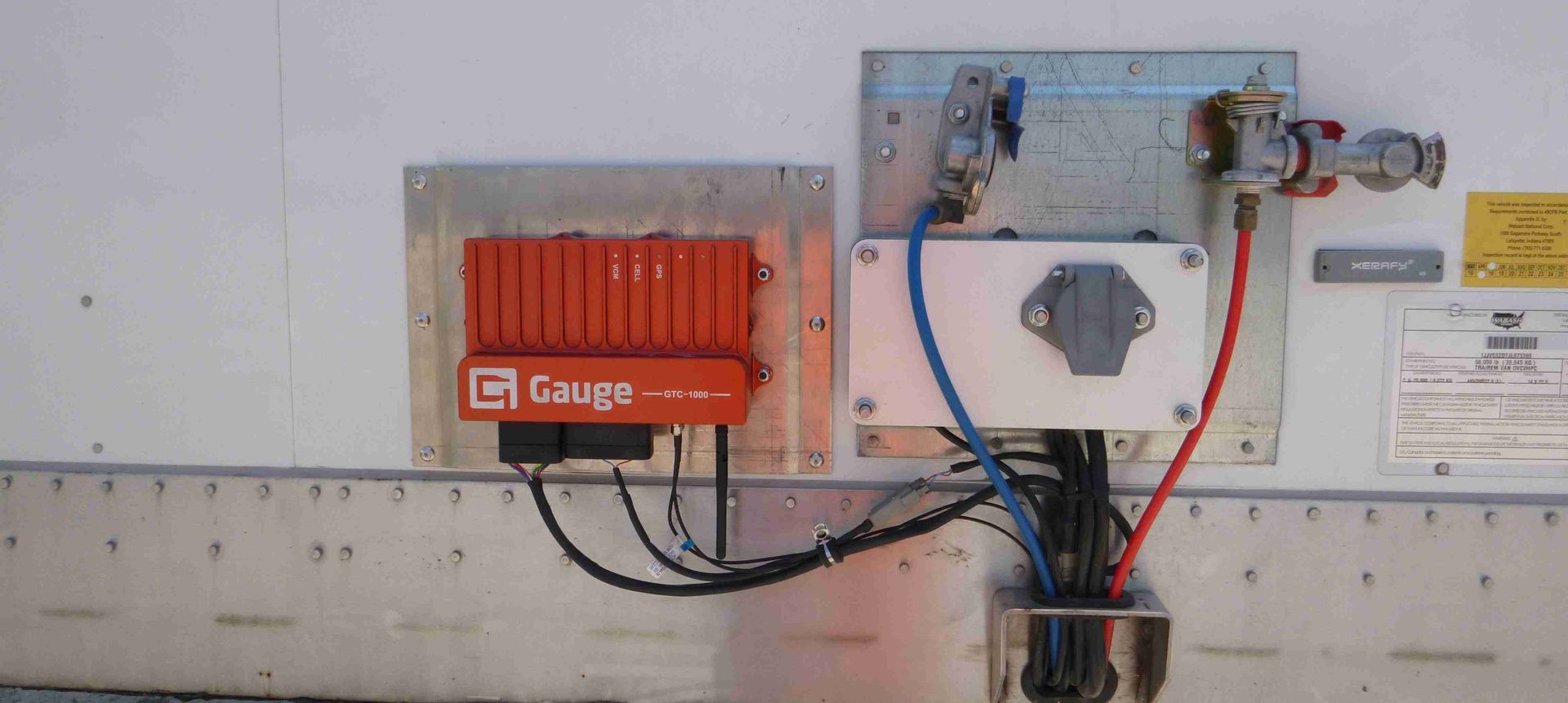Enhancing Your Equipment Costing Structure:
Track Every Detail

As you refine your equipment costing structure, understanding how to properly track and categorize costs is paramount for transparency and effective asset management. In addition to the core elements of equipment costing—such as capital costs, operating costs, and depreciation—there are several specialized coding systems that help further break down and allocate costs. These systems, namely Job Codes, Component Codes, and Modifiers, are key to managing complex equipment repair, maintenance, and operational data. This blog post will provide a detailed exploration of these systems, based on our experience working with OEM’s, equipment dealers, and end users, as well as insights from Mike Vorster’s Fundamentals of Equipment Economics.
Understanding Equipment Costing Beyond the Basics
To ensure that your equipment costing structure provides a full picture of asset performance, it’s essential to dive deeper into the specialized coding systems that will allow you to track costs at a granular level. These coding systems offer a way to link specific activities, parts, and work orders to your overall equipment expenses. And while you may be drawn towards measuring everything to the finest detail, please remember to keep it simple. It is way to easy to make this complicated so ensure that it is something that your organization will use while creating value for the organization.
Job Codes: Efficient Tracking of Labor and Service Tasks
What are Job Codes?
Job Codes are used to define specific types of work performed on equipment. These codes are crucial for categorizing labor and service tasks associated with maintenance, repairs, and installations. When setting up your equipment costing structure, it’s important to have a clear and standardized system for assigning job codes to each type of task.
Common Job Code Categories
While there are a couple hundred job codes that you could use ensure that these codes work for you and the level of complexity that your organization can handle. We recommend starting with 3 categories:
- Remove and Install: These codes are used to track costs associated with removing and installing major components or parts in your equipment. For example, if an engine needs to be replaced or a major transmission component needs to be removed, these job codes will help track the labor and associated costs.
- Repair or Maintenance: These codes track routine maintenance tasks and repairs. For example, "Oil Change," "Hydraulic Fluid Top-Up," or "Brake Repair" would each have distinct job codes. Proper classification ensures that these routine tasks are tracked and managed within the overall cost structure.
- Clean and Inspect: This is a catch all for various inspections, cleanings, and exploration of problems that need additional review before the repair can be completed.
How to Set Up Your Job Code System
Setting up a job code system involves creating a standardized set of codes that represent each type of task. It’s important to ensure that all workers, technicians, and users are trained to use these codes correctly to avoid misclassifications. The codes should also align with your accounting and asset management systems, so that costs can be seamlessly tracked and allocated to the correct equipment and work orders.
Component Codes: Tracking Equipment Parts and Components
What are Component Codes?
Component Codes are used to track the specific parts or components of a piece of equipment. These codes provide detailed insights into what parts are involved in a repair, maintenance, or replacement process, and they help ensure that costs are accurately tracked at the part level. While you can definitely allow this list to grow into thousands of codes below is our recommendation for those getting started.
Common Component Code Categories
Component codes are assigned to key parts within an equipment asset, such as:
Engine: Includes components such as the engine block, pistons, turbochargers, and valves. Regular maintenance involves oil changes, filter replacements, and diagnostic checks.
Hydraulic System: Comprises hydraulic pumps, cylinders, hoses, and valves. Maintenance is crucial to prevent leaks and ensure optimal performance in lifting and operating equipment.
Transmission: Encompasses components such as gearboxes and differentials. Regular inspections and fluid changes are necessary to maintain proper transmission function.
Electrical System: Includes batteries, wiring, alternators, and starters. Maintenance focuses on preventing electrical failures through testing and replacing faulty components.
Fuel System: Consists of fuel tanks, filters, injectors, and pumps. Regular fuel filter changes and system cleaning are vital to ensure optimal engine performance.
Cooling System: Comprises radiators, water pumps, thermostats, and hoses. Maintenance involves checking for leaks, coolant levels, and regular flushes to prevent overheating.
Undercarriage/Tires: Involves components such as tires, tracks, rollers, idlers, and sprockets on tracked vehicles. Regular inspections and adjustments help prevent wear and ensure proper alignment.
Ground Engaging Wear Items (not UC): Involves components such as cutting edges, bucket teeth, and wear plates. Regular inspections help prevent excessive wear into mole boards, buckets, and shanks.
By assigning a unique component code to each part, you can easily track its lifecycle costs and performance. Whether you’re managing a single component replacement or tracking a series of repairs across multiple pieces of equipment, these codes allow you to evaluate part usage and make informed purchasing decisions.
How to Set Up Component Codes
Creating component codes involves assigning unique identifiers to each part or system within your equipment. It’s important to make sure that your component codes align with industry standards, as well as your internal inventory and accounting systems. You may want to work with your equipment manufacturers or suppliers to ensure that your component codes match those used in warranty tracking and spare parts purchasing.
Modifiers: Enhancing Cost Tracking by Equipment Position
What are Modifiers?
Modifiers help further specify the location or orientation of a component within the equipment. These codes are particularly useful for more detailed breakdowns, such as distinguishing between parts on the left side, right side, front, or rear of the equipment. They provide an additional layer of detail when tracking repair or replacement costs for specific equipment sections.
Common Modifier Categories
Modifiers are often used to identify specific locations or orientations of components within a piece of equipment. For example:
- Left, Right, Front, Rear, Top, Bottom: Modifiers can be applied to parts that are side- or position-dependent, such as wheels, tires, or hydraulic cylinders. For example, "Left Front Tire" and "Right Rear Hydraulic Cylinder" could each have their own unique modifier attached to the job or component code.
By using modifiers, you can track costs at a much more granular level, ensuring that repairs, maintenance, and replacements are associated with the correct section of equipment. This is especially helpful for large fleets with varying equipment configurations, as it allows you to break down costs by specific components or equipment parts.
How to Set Up Modifiers
Modifiers should be defined based on the types of equipment you’re managing. For example, if you’re working with trucks, the modifiers may focus on axle positions (e.g., “Front Axle,” “Rear Axle”), while for construction equipment, they may reference the orientation of attachments (e.g., “Left Side Arm” or “Right Track”). Just like with job codes and component codes, training your team to use modifiers consistently is essential for maintaining accuracy.
The Power of Integrated Coding Systems
When properly implemented, job codes, component codes, and modifiers create a robust framework for tracking all aspects of equipment costs—from the labor associated with removing and installing components to the specific part replacements and repairs required by different sections of the equipment. Integrating these systems into your equipment costing structure enables you to:
- Better allocate and track costs for individual components, tasks, and locations within your fleet.
- Make more informed decisions on repairs and replacements by understanding where costs are accumulating.
- Improve reporting accuracy, ensuring that costs are properly assigned to the correct equipment, job sites, or projects.
Conclusion
By incorporating job codes, component codes, and modifiers into your equipment costing structure, you gain enhanced visibility and control over your equipment management processes. These detailed coding systems allow you to break down costs by individual parts, tasks, and locations, which is essential for improving budgeting accuracy, reducing unnecessary expenditures, and extending the lifespan of your assets.
Implementing a simple yet comprehensive coding system, supported by reliable tools, and best practices, will not only improve your cost-tracking but also provide you with actionable insights to optimize your equipment operations and decision-making.
DOWNLOAD FOR FREE
We will get back to you as soon as possible.
Please try again later.


SOLUTIONS
markets
PRODUCTS
resources
Get in touch
Phone: 317-472-6455
info@gaugecorp.com
stay-up-to-date
Sign up for the Gauge Newsletter
Thank you for contacting us.
We will get back to you as soon as possible.
Please try again later.








